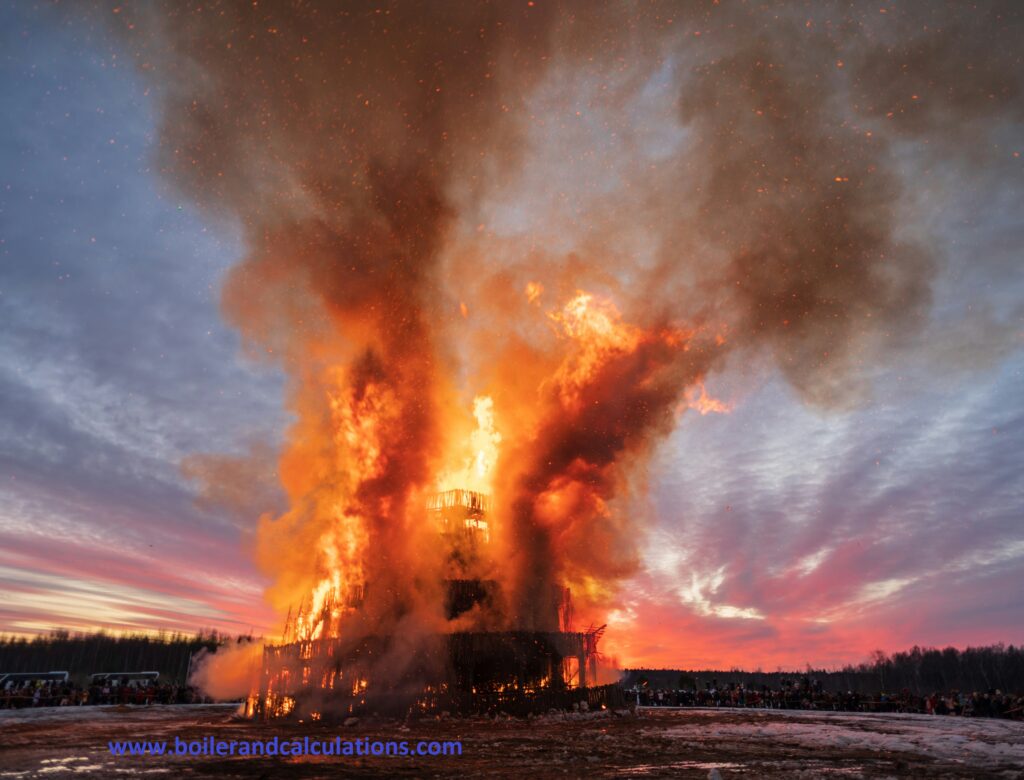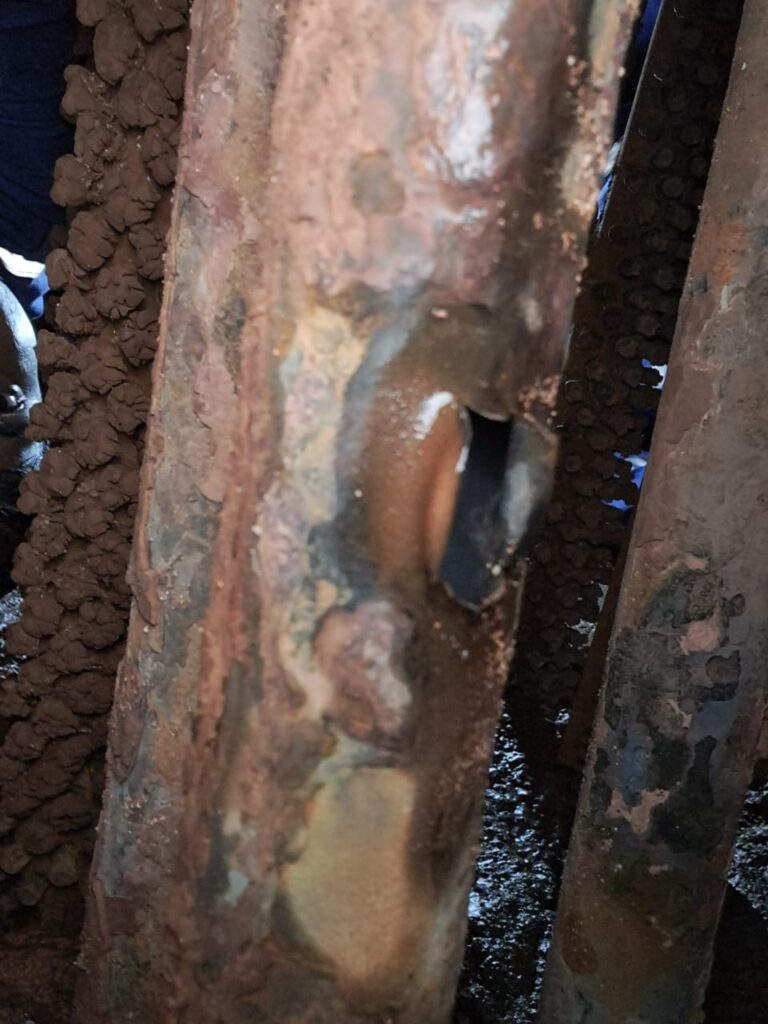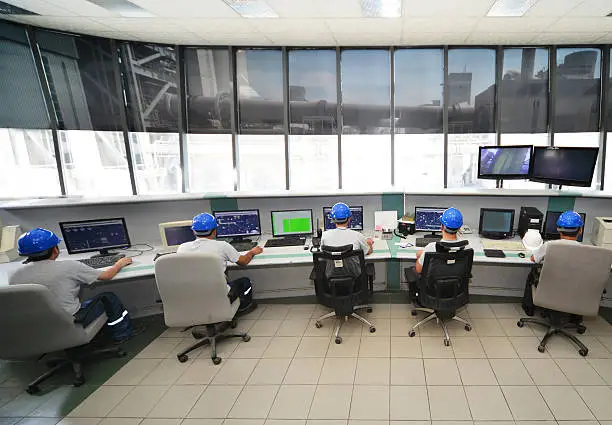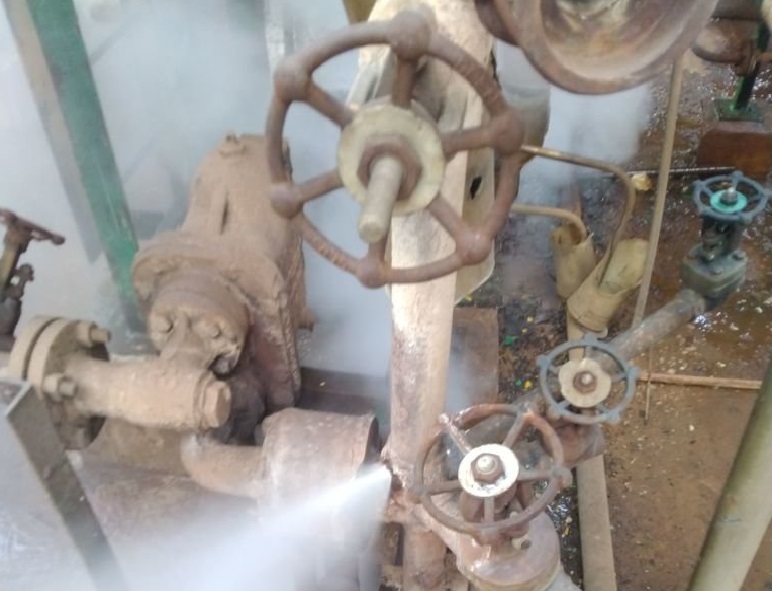Boilers are the heart of many industries—power plants, chemical plants, refineries, textile mills, and food processing units all rely on them for producing steam and energy. While they are designed to operate under high pressure and temperature safely, any failure in operation, maintenance, or design can lead to catastrophic consequences. One of the most feared accidents is a boiler explosion.
In this blog, we will explore what a boiler explosion is, its causes, consequences, and most importantly, the control measures every engineer, operator, and plant manager must know to prevent such incidents.
What is a Boiler Explosion?

A boiler explosion is the sudden and violent rupture of a boiler caused by the failure to contain steam pressure or due to a chemical/structural defect. When a boiler explodes, it releases an enormous amount of energy in the form of pressure waves, flying debris, and superheated steam. The damage is not limited to equipment alone—lives, property, and production continuity are all at stake
Types of Boiler Explosions
Boiler explosions can be broadly classified into:
- Fire Tube Boiler Explosion – occurs when the tube containing hot gases ruptures due to pressure or overheating.
- Water Tube Boiler Explosion – results from tube failure caused by scaling, corrosion, or water hammer.
- Furnace Explosion – happens when unburnt fuel-air mixture ignites suddenly inside the furnace.
- Steam Explosion – caused by uncontrolled pressure buildup or water shortage in the boiler drum
Major Causes of Boiler Explosions
Boiler explosions rarely happen due to a single reason. Often, it is a combination of technical, operational, and human errors. The most common causes include:
- Poor Maintenance

Scale formation reduces heat transfer efficiency.
Corrosion weakens metal plates and tubes.
- Overpressure and Safety Valve Failure
If the pressure exceeds the design limit and safety valves fail to release it, explosion risk increases.
- Low Water Level
When water level falls below the minimum safe limit, tubes and plates overheat and rupture.
- Fuel Accumulation in Furnace
Unburnt fuel mixed with air can cause sudden furnace explosions when ignited.
- Design or Manufacturing Defects
Poor material selection, faulty welding, or inadequate testing may lead to structural weakness.
- Operator Negligence
Ignoring alarms, bypassing interlocks, or lack of proper training often play a major role
What are the reasons for Furnace explosion??
- Reasons for furnace explosion
- Maintaining high furnace draft
- Failure of fans interlock
- Sudden puncture of water wall tubes
- Failure of Buck stays
How does operator skills affect in Boiler explosion/blast?

- Not monitoring of the Boiler pressure
- Operating the Boiler on higher pressure and temperature
- Not ensuring the water level and feed water flow
- Maintaining Unbalanced draft in furnace
Consequences of Boiler Explosions
- Human Casualties – Severe burns, injuries, or fatalities due to steam and flying debris.
- Property Damage – Structural collapse, equipment destruction, and fire hazards.
- Production Loss – Long downtime, reduced output, and financial losses.
- Legal & Compliance Issues – Heavy penalties under safety laws like the Indian Boiler Regulations
Control Measures to Prevent Boiler Explosions
All Boiler explosions are preventable with systematic measures. Below are proven control measures:
1. Design & Construction Safety
- Ensure boilers are designed and manufactured according to IBR, ASME, or equivalent codes.
- Select proper materials that can withstand high pressure and temperature.
- Provide redundancy in safety systems (multiple safety valves, pressure sensors).
2. Regular Inspection & Maintenance
- Conduct periodic Non-Destructive Testing (NDT) such as ultrasonic, radiography, and magnetic particle inspection.
- Remove scale and sludge by regular blowdown.
- Replace worn-out tubes, gaskets, and refractory lining in time.
3. Water Quality Management
- Maintain feedwater chemistry within permissible limits (pH, hardness, dissolved oxygen).
- Install demineralization and deaeration systems to prevent corrosion and scaling.
4. Safety Devices & Controls
- Safety Valves – Calibrate regularly and ensure they are free from obstruction.
- Pressure Gauges – Keep them accurate and functional.
- Low-Water Cut-off Devices – Shut down the boiler when water level drops below safe limit.
- Flame Scanners & Interlocks – Prevent fuel firing without ignition.
5. Proper Firing Practices
- Purge furnace with air before ignition.
- Avoid sudden load changes.
- Ensure uniform fuel-air mixing to prevent accumulation of unburnt fuel.
6. Training & SOPs
- Train boiler operators in safety practices, emergency handling, and troubleshooting.
- Display Standard Operating Procedures (SOPs) at the boiler house.
- Conduct mock emergency drills periodically.
7. Automation & Monitoring
- Install modern control systems with real-time monitoring of pressure, temperature, and water level.
- Use data logging and alarms for predictive maintenance.
- Ensuring interlocks and protection systems are healthy.
8. Compliance with Regulations
- In India, follow the IBR 1950 rules for design, operation, inspection, and certification.
- In international plants, comply with ASME Section I – Power Boilers and local safety acts.
- Get annual inspections done by authorized boiler inspectors.
How does poor feed water quality leads to Boiler explosions?
Poor feed water leads to scaling in tubes, which results into poor heat transfer, over heating and eventually failure of pressure part.
Emergency Measures in Case of suspected Boiler steam lines Explosion
If there are early signs of danger (e.g., abnormal noise, overheating, rising pressure beyond limits):
- Immediately shut off fuel supply.
- Trip the boiler using emergency shutdown switch.
- Isolate the steam line to prevent damage to connected systems.
- Evacuate the boiler area and alert the safety team.
- Do not attempt to open manholes or vents until the boiler cools down.
What action to be taken during Boiler main steam line leakages?

A main steam line leakage is one of the most critical emergencies in a boiler/steam system. The escaping steam is at very high pressure and temperature (often above 100 bar and 500°C in power boilers), so even a small leak can be extremely dangerous.
Following immediate actions should be taken upon identifying the leakage in main steam line
- Reduce Boiler Load Gradually
- Barricade the leakage affected area
- Isolate the main steam line
- Stop the Boiler
- Open the drain valves
How water/steam hammering is dangerous for Boiler and steam lines?
Water hammer (also called steam hammer) in steam lines is a dangerous phenomenon where condensate slugs or trapped water are suddenly accelerated by steam pressure, striking pipe bends, valves, or fittings with enormous force.
Water hammer occurs due to following some reasons;
- Condensate accumulation in horizontal lines or low points
- Sudden opening of steam valves allowing high-velocity steam to hit stagnant condensate.
- Improper slope/drainage of steam piping.
- Cold start-ups where steam meets cold water pockets.
Dangers of Water Hammer in Steam Lines
- Pipe & Fitting Damage
- Valve & Flange Failures
- Noise & Vibration Hazards
- Disturbance in pipe line supports
- Line hammering some time leads to structure failure
- Safety Hazards to Personnel
- Operation disturbances

